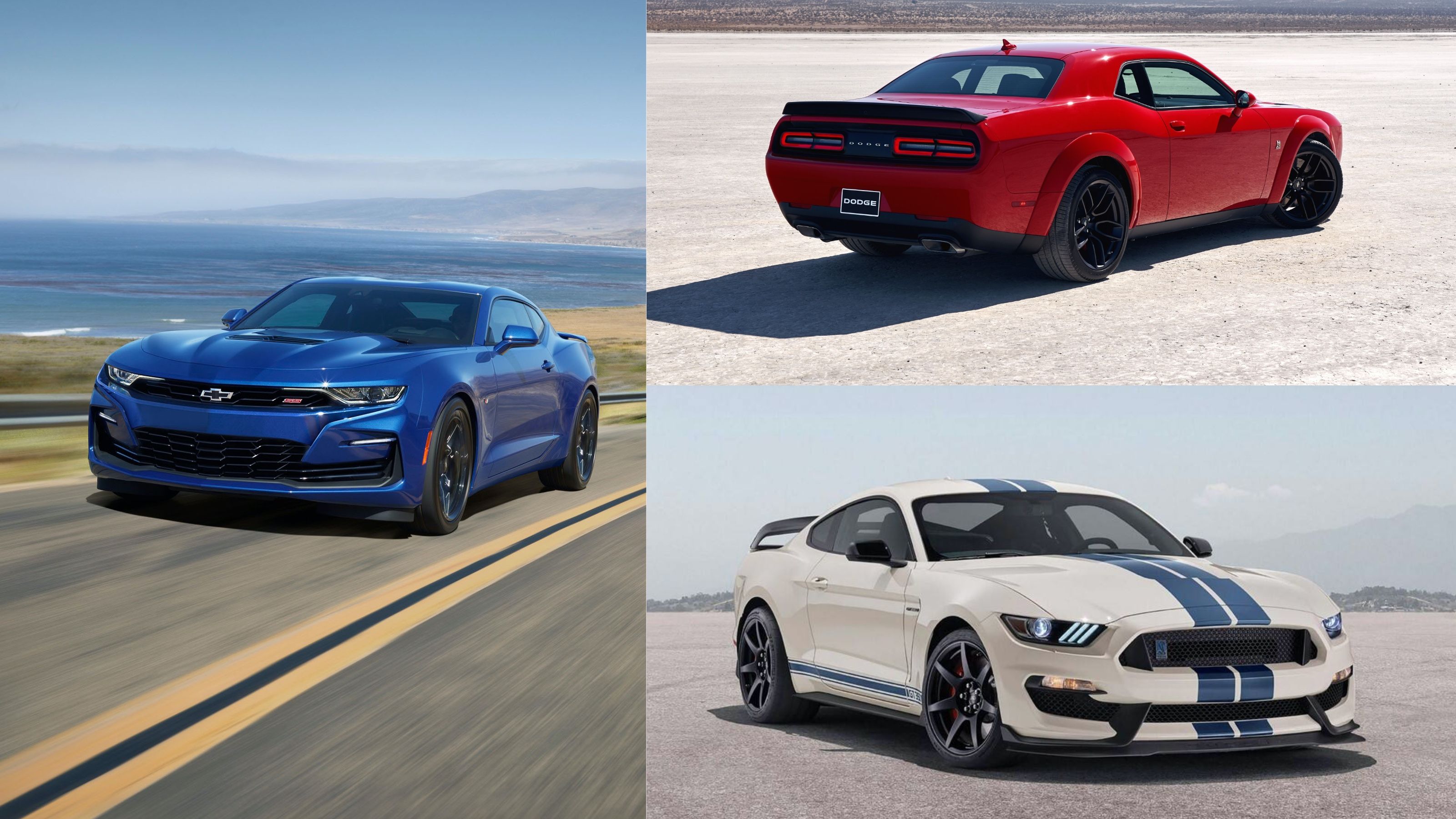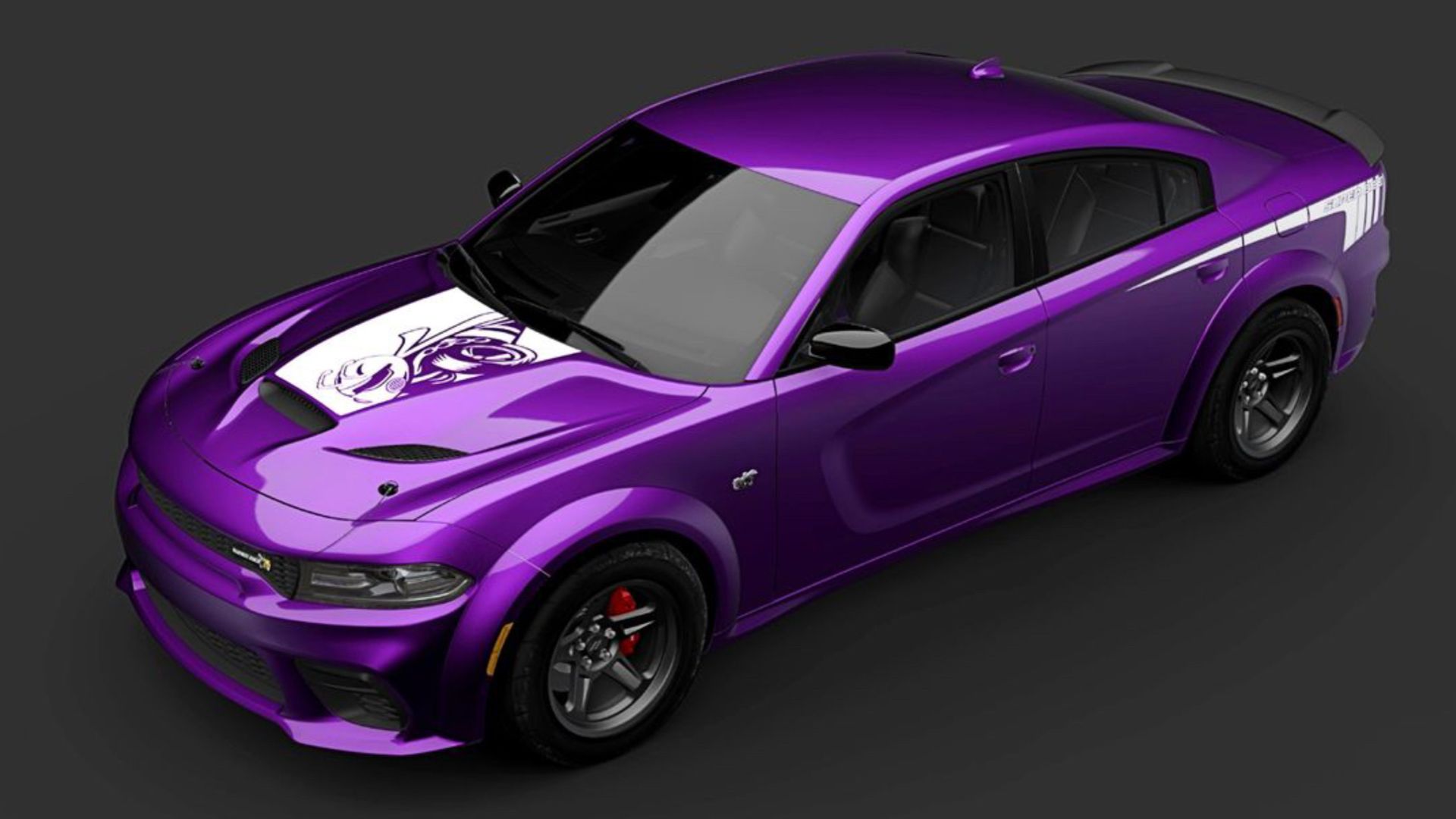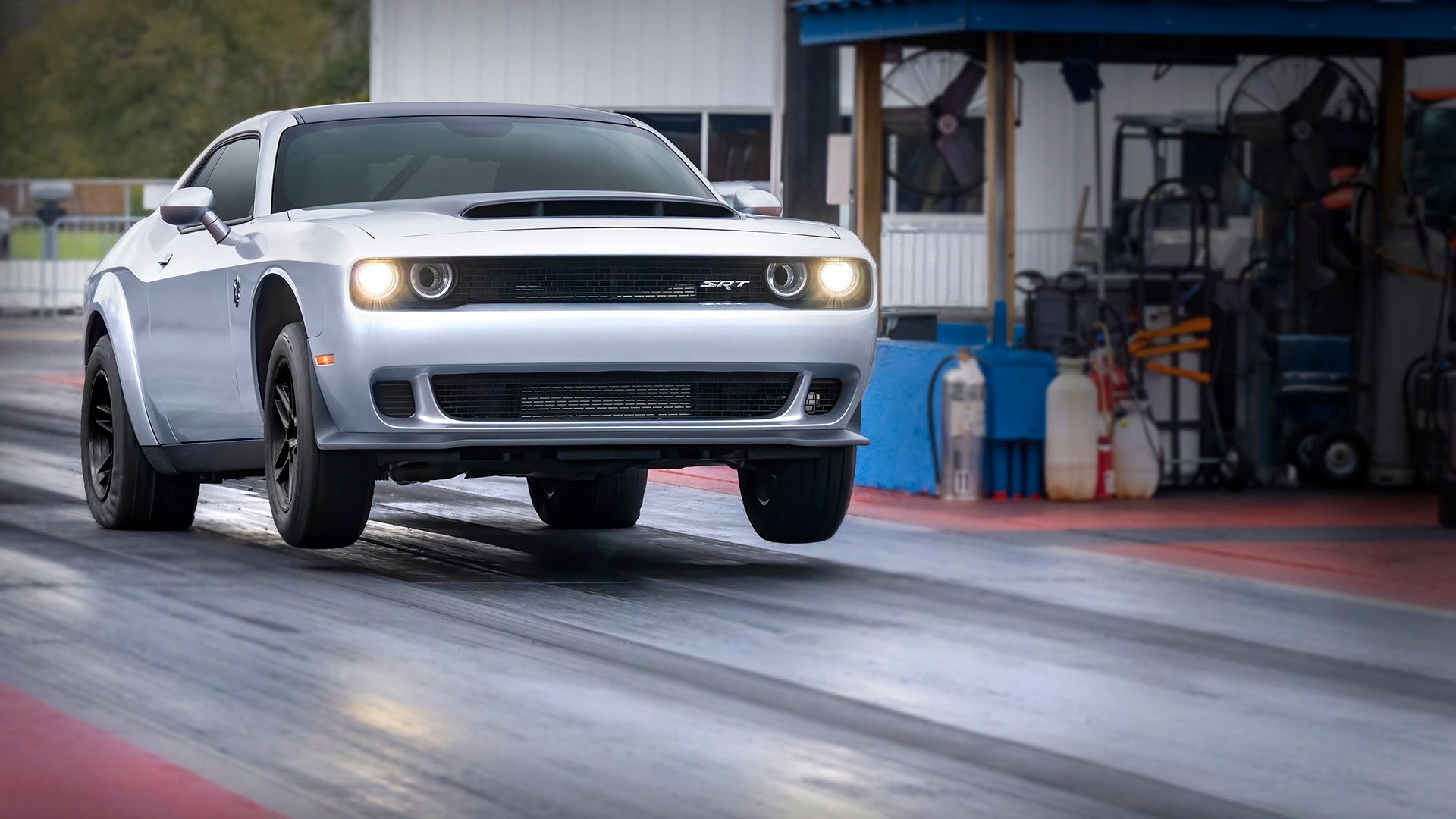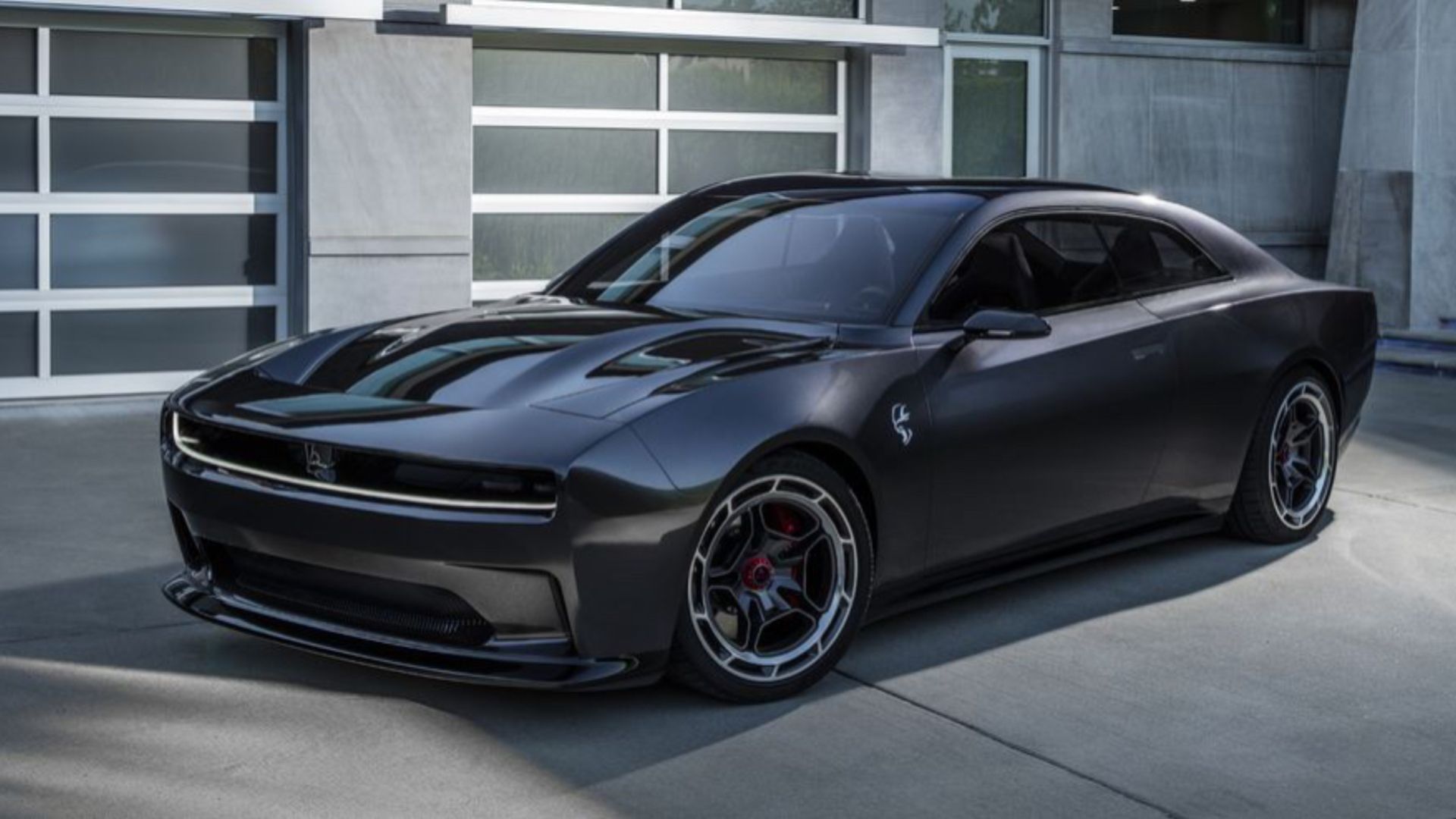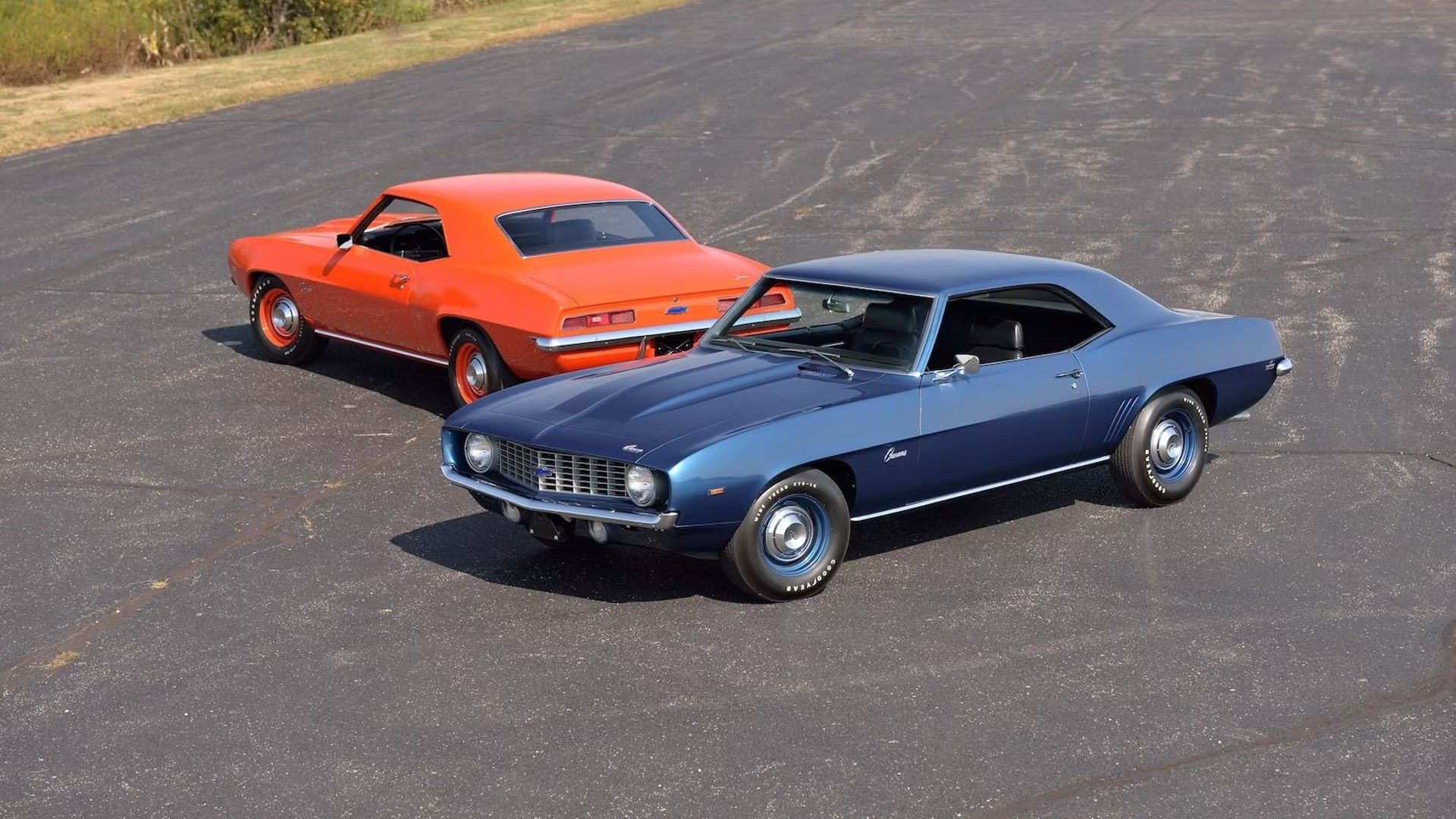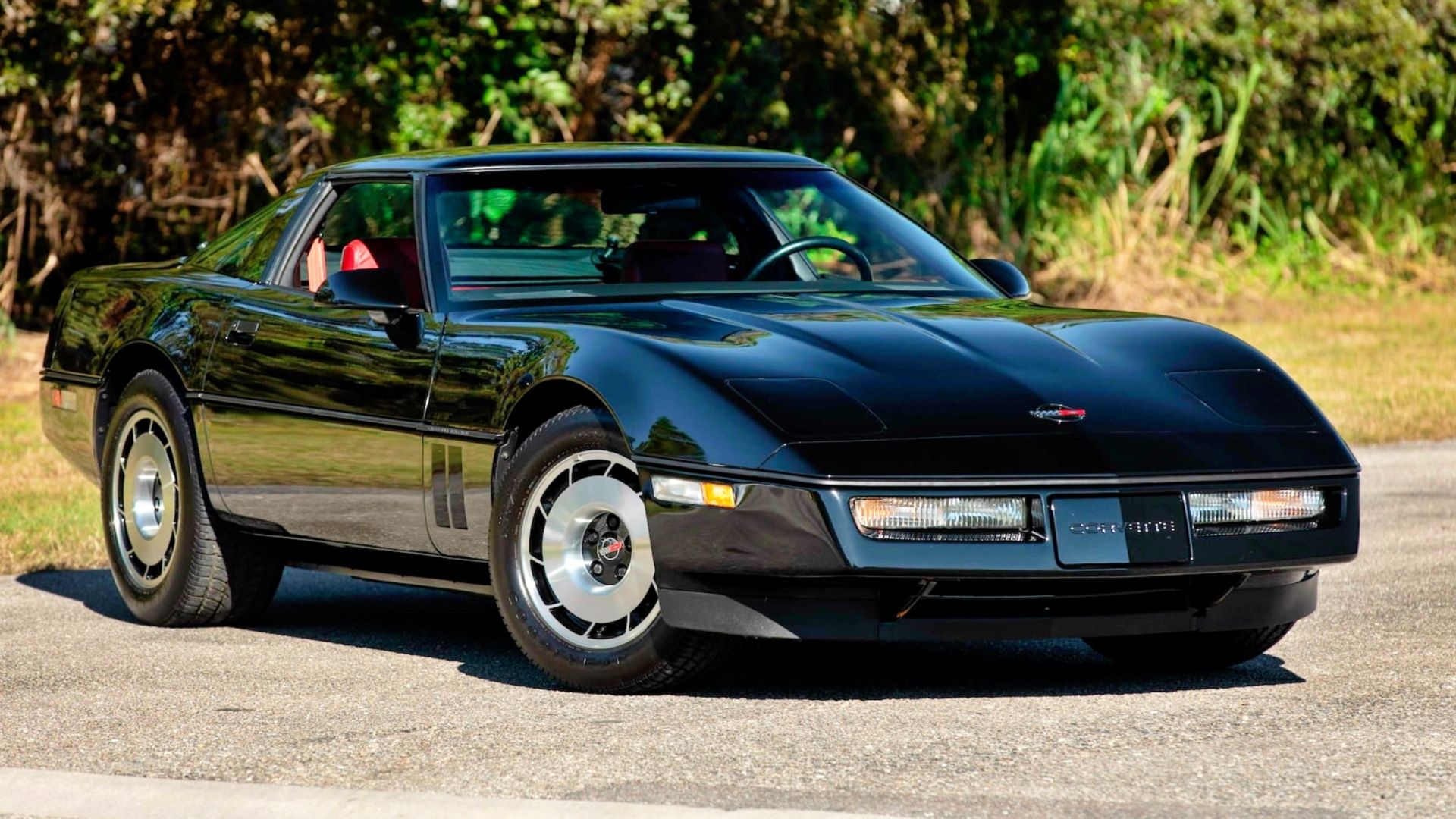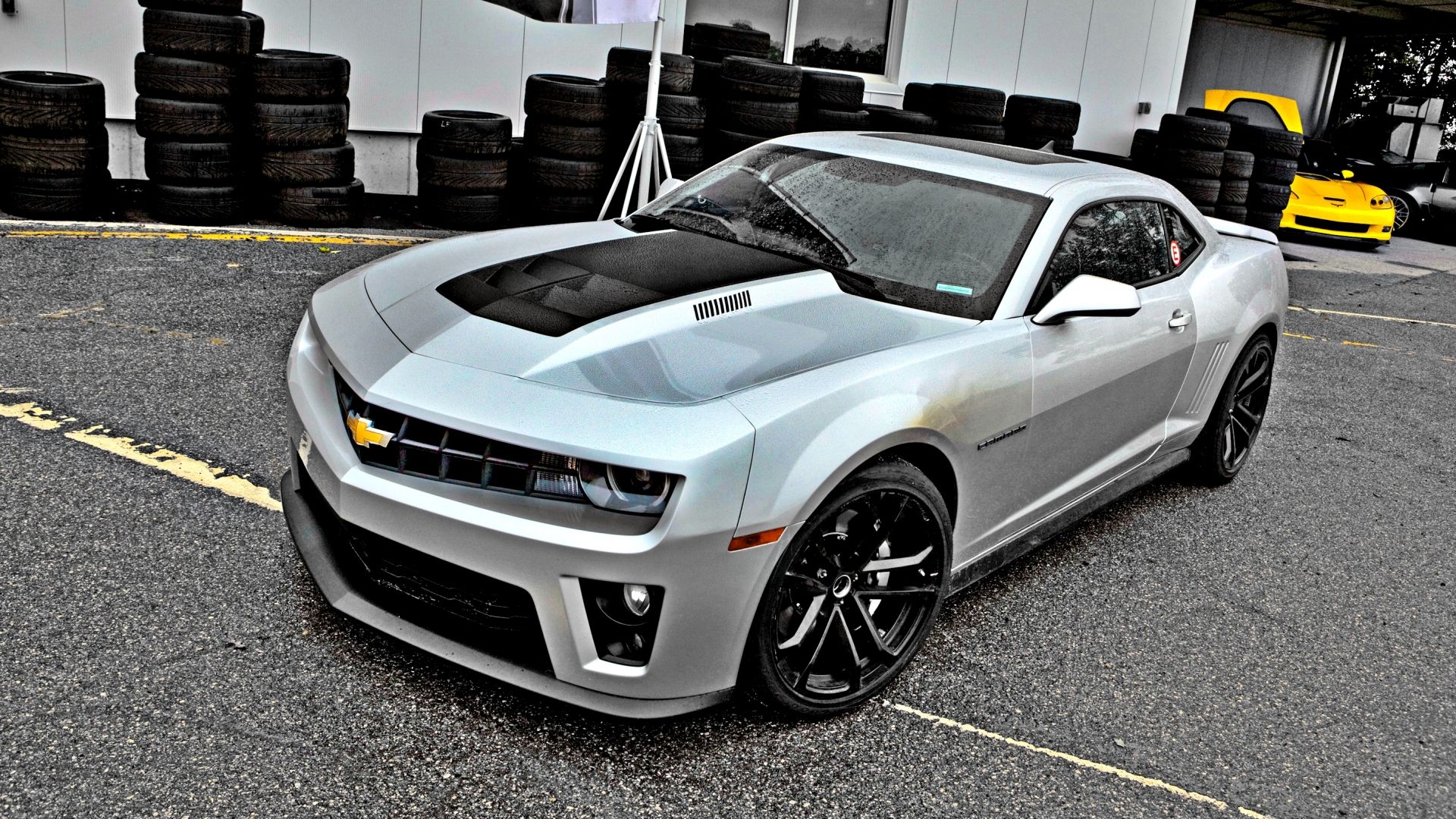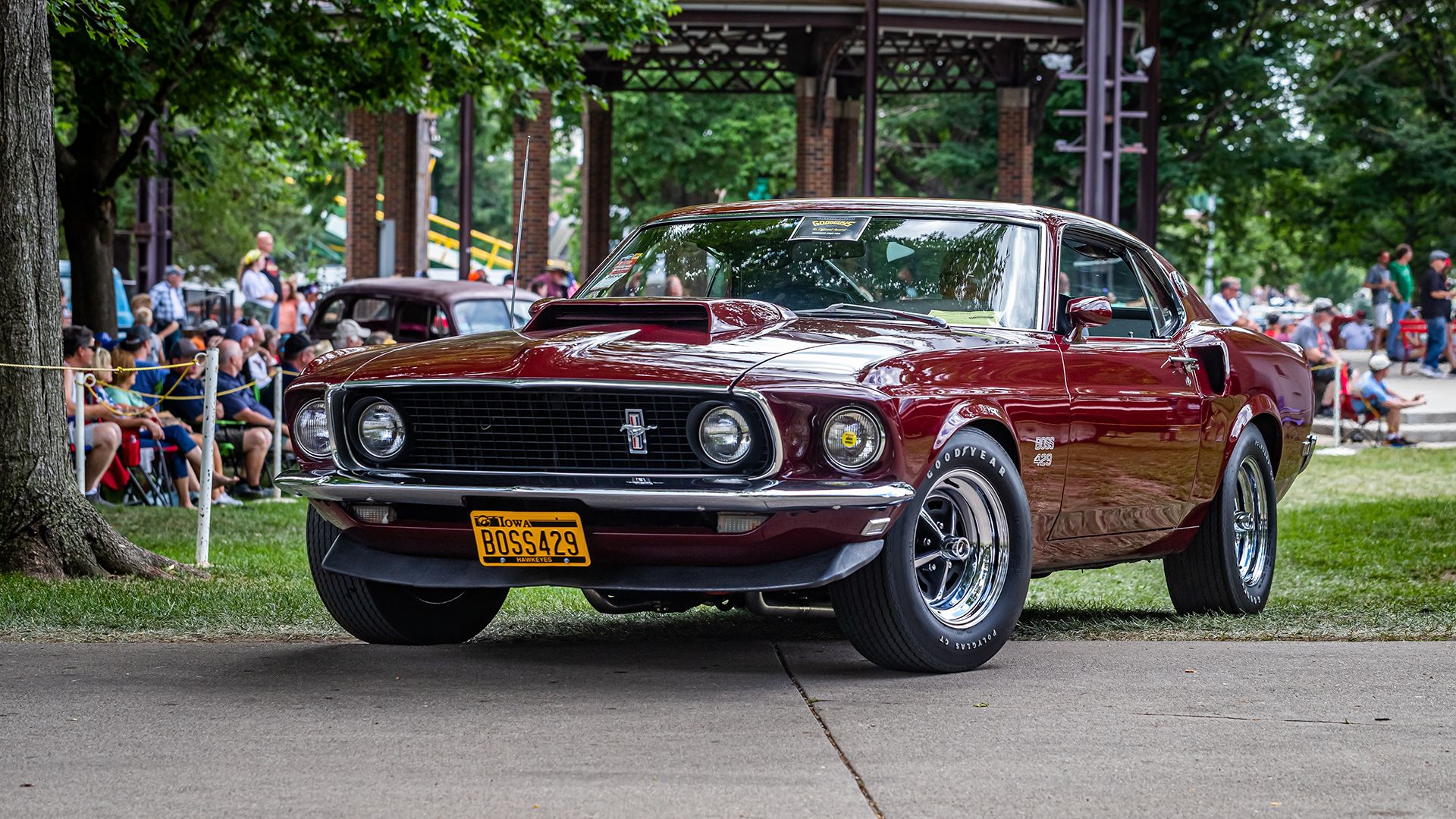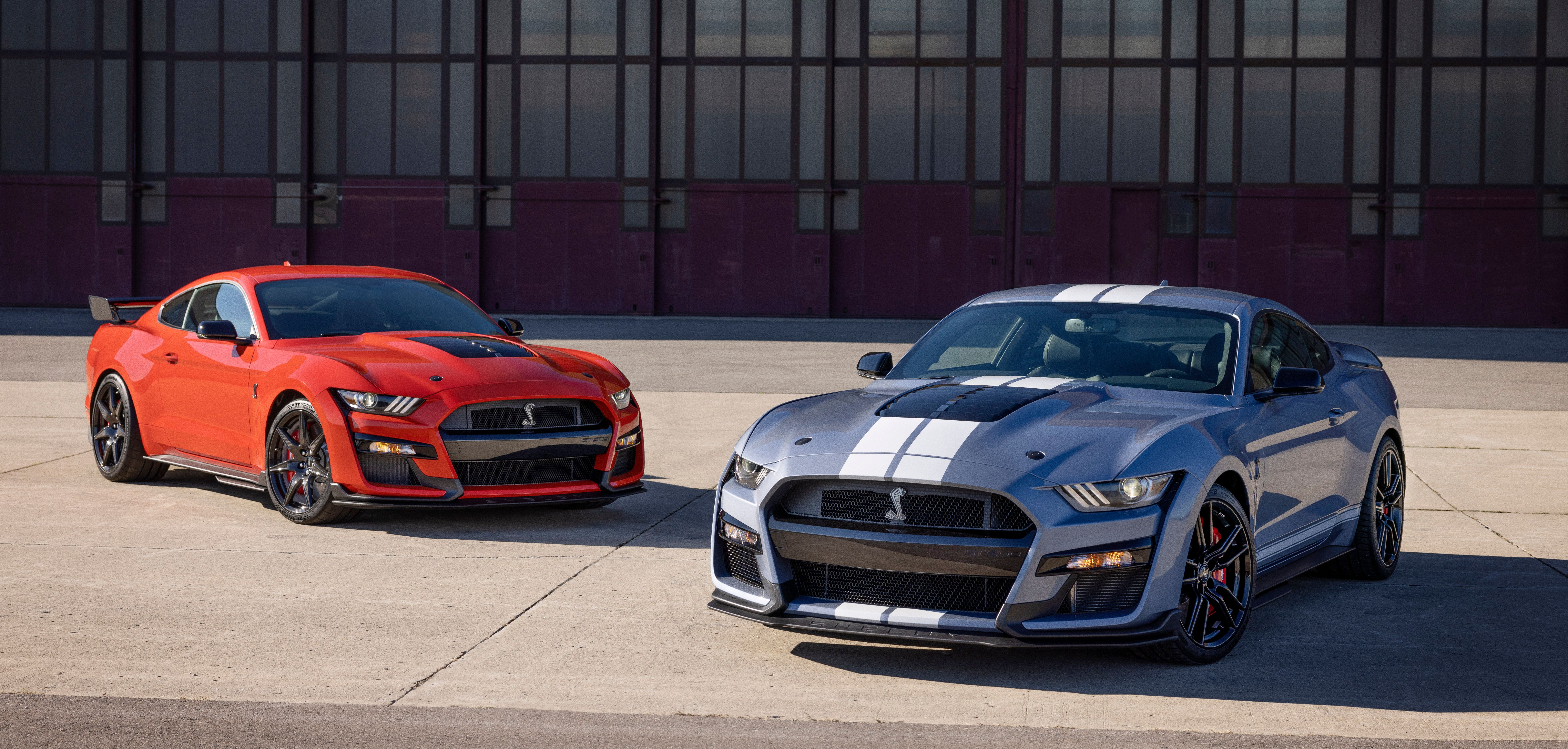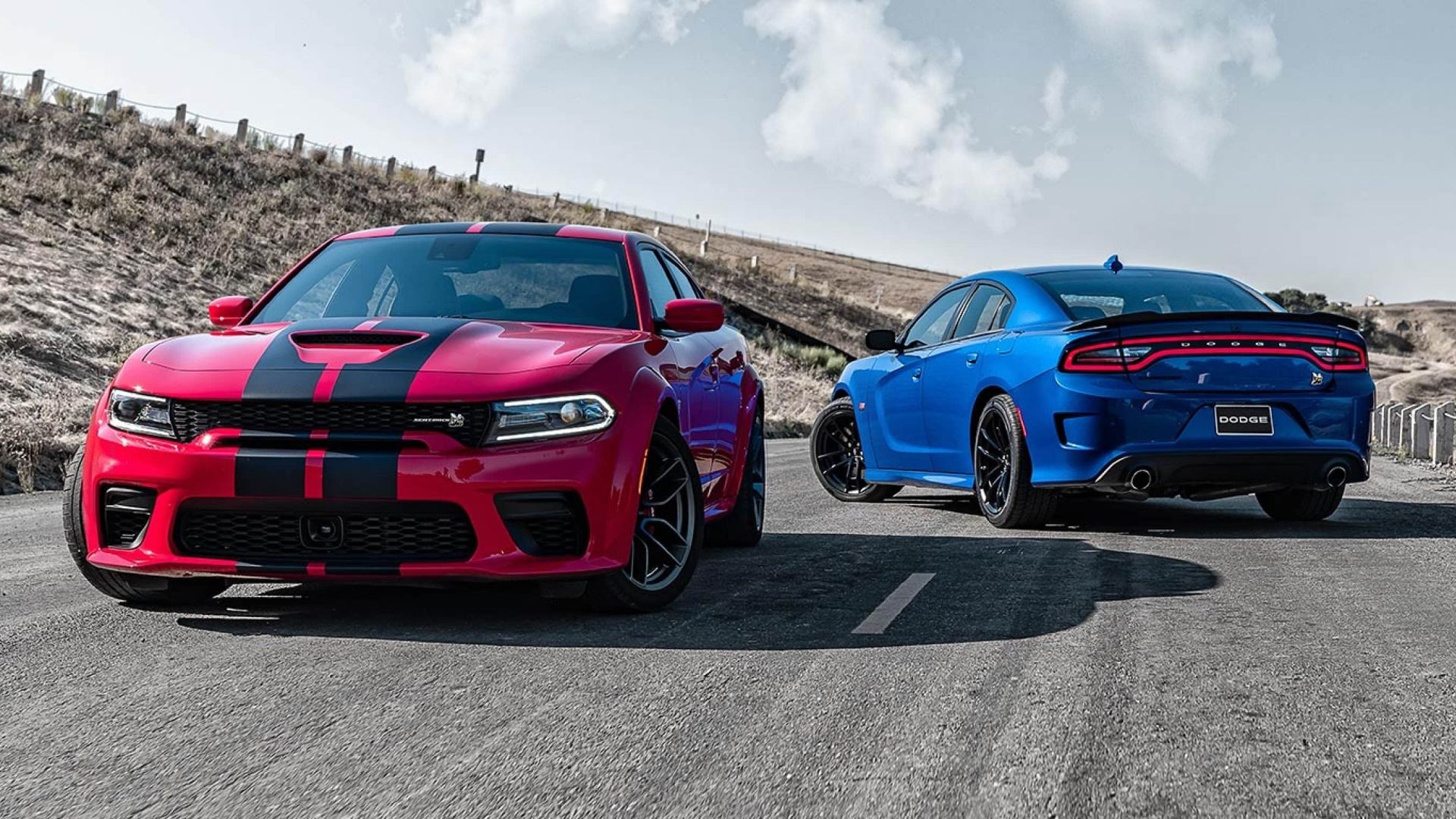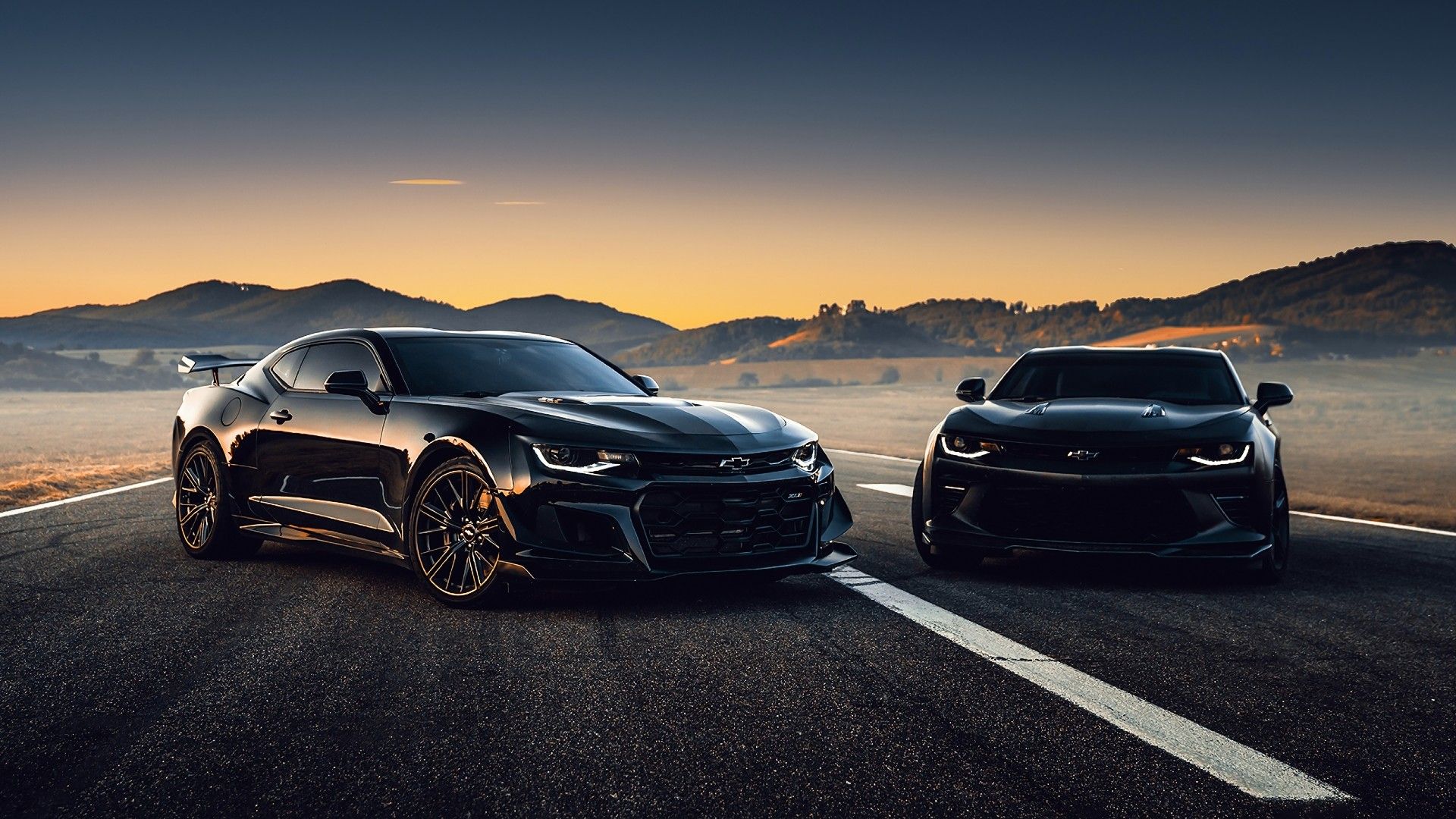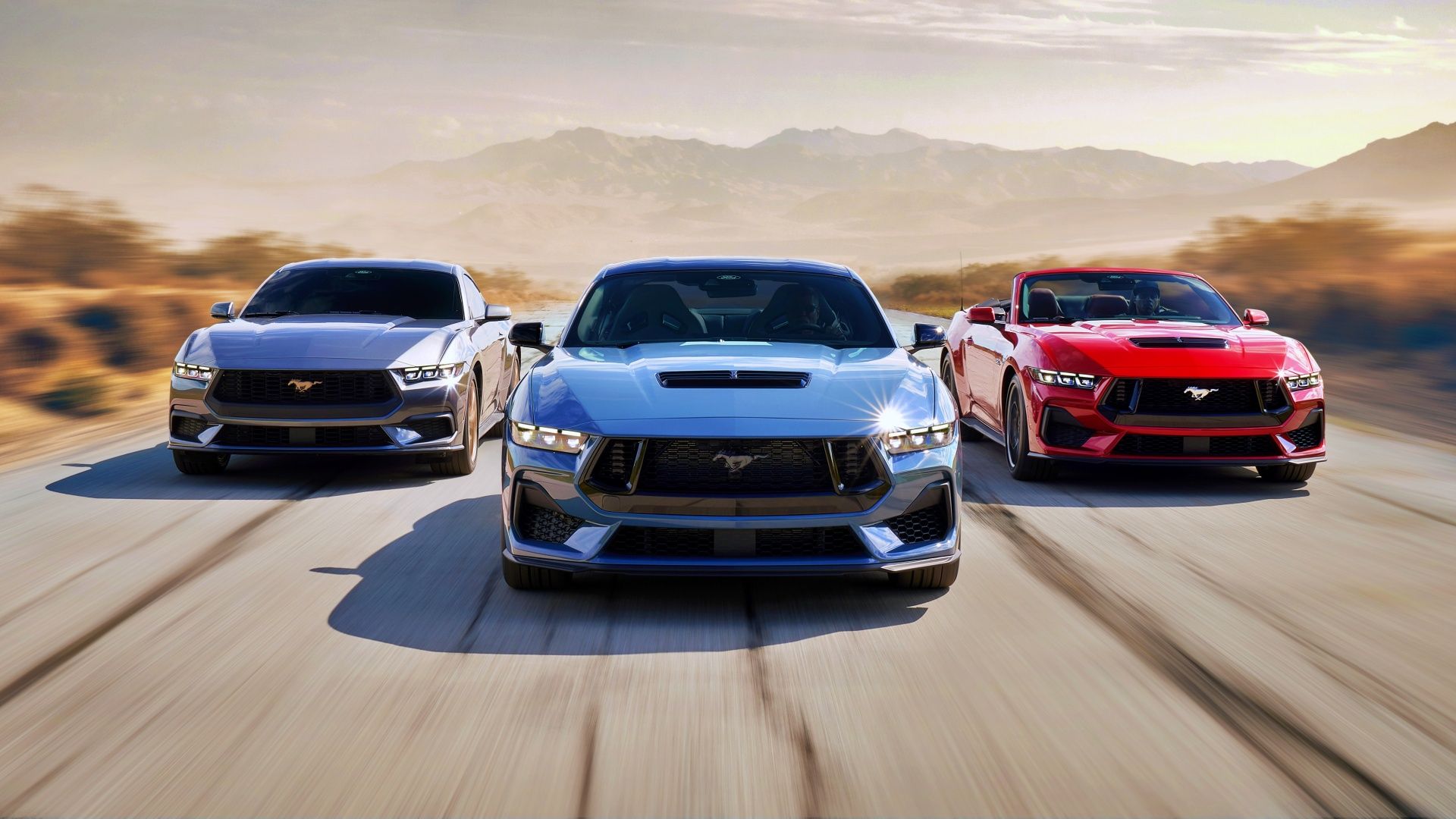The golden age of muscle cars kicked off with the introduction of the 1964 Pontiac GTO. Though this was a glorious time for American muscle, producing some of the fastest and coolest cars ever made, it was short-lived, effectively over in less than a decade. Thanks to the gas crisis and environmental regulations, Detroit put out muscle cars in name only, with anemic, de-tuned engines for decades. Then, in the mid to late 2000s, there was a renaissance with Dodge bringing back the Charger and Challenger, plus the 5th generations of the Ford Mustang and Chevy Camaro, which once again packed some power under the hood.
Because of radical advances in technology and manufacturing, the modern era of muscle cars has led to the fastest baddest rides the Big Three have ever produced. There are supercharged V-6s that make 300+ horsepower, which is on par with an old-school 383. Of course, muscle means V-8, and the SRT Demon, ZL1, and GT500 are at the top of their classes. Sadly, this second great era of American muscle is disappearing. The Charger and Challenger are being replaced with an all-electric, and the Camaro is going away, with only the Mustang remaining. Modern muscle may shift into the EV revolution, fade away entirely, or hopefully find new life in the near future.
Dodge Is Done With ICE Muscle
Dodge brought the Charger back in 2006 with four doors, which seemed like an insult to the vehicle's legacy. It was fine, however, because they did cool things like drop 6.1 L Hemi engines in some of them. In 2008, they executed a proper two-door Challenger reboot and did even cooler things like pairing them with supercharged 6.2 L Hellcats and 6.4 L HEMIs. Dodge even paid homage to the classic era of muscle cars with special Super Bee, Scat Pack, R/T, and Demon trims.
These modern muscle cars were, and still are, the most popular things Dodge has done outside of the Ram trucks. According to Car Figures, since the reintroduction of the Charger in 2006, Dodge has sold over 1.5 million vehicles, averaging 92,000 per year. The Challenger has also moved almost 800,000 and, as Road & Track reports, was the top muscle car in 2022, with 55,060 sold. Despite the popularity of these cars, Dodge announced that 2023 will be the last year for the Charger and the Challenger.
Instead of ICE muscle, Dodge plans to introduce the all-electric Charger Daytona SRT in 2024 possibly. With trims making from 455 to 670 horsepower, it will be plenty fast. They've also included bulging hoods to make it seem like there's a big honking engine and exhaust speakers to pump out roaring gas engine sounds. It remains to be seen if Mopar muscle fans will embrace this EV or even if it will be available next year. It's possible that discontinuing the Charger and Challenger is a move by parent company Stellantis to eventually kill off the entire Dodge brand.
Chevy Cancels The Camaro
Chevrolet had a bona fide hit on their hands in 1967 with the introduction of the Camaro. The first-gen and even early second-gen Camaros were some of the greatest muscle cars ever built. Subsequent generations were wimpier, uglier, and less desirable, however. Slumping sales forced Chevy to discontinue the Camaro in 2002, but the runaway success of the Dodge Charger and Challenger made them bring it back in 2010. The fifth generation took some styling cues from the original and included big motor options like the 426 horsepower 6.2 Liter LS3 V-8, making it the Camaro fans had been waiting almost four decades for.
The Camaro got a redesign in 2016 and Chevy went even crazier by throwing a supercharged 650 horsepower LT4 and six-speed manual into the ZL1 model. Despite making a muscle car worthy of its history, the modern Camaro has struggled, selling just 24,652 vehicles in 2022. To put that in perspective, 243,085 were sold in 1969 and even the god-awful 1984 model hit 261,591 in sales. Once again, slumping sales have Chevy discontinuing the Camaro.
Car and Driver reported in March that Chevrolet is retiring the Camaro after the 2024 model year. Chevy claims, "This is not the end of Camaro's story," but they didn't announce anything about how that story is going to carry on. They will release a collector's edition next year, and then it's gone. Unlike the Charger and Challenger, which are being replaced by an EV, it looks like the Camaro is canceled for good.
The Ford Mustang Is The Last Horse In The Stable
The Ford Mustang has been in continuous production since 1964, and they passed 10 million in pony car sales in 2018. That however doesn't mean they've been cranking out muscle cars for nearly six decades because for every killer GT350 and Boss 429, there were even more Mustang Es and Mustang IIs. After some utterly forgettable generations, Ford got serious about making performance Mustang muscle cars again in the late 2000s. This was around the same time the Charger and Challenger came back as well as the Camaro reboot, so it was the beginning of the modern muscle car era.
With the Challenger, Charger, and Camaro all getting put out to pasture, the Mustang is the last horse left in the stable. In September of 2022, Ford CEO Jim Farley said they will continue to make gas-powered Mustangs and noted that the lack of competition gives the automaker a huge advantage. Don't get too excited though, because even the Mustang has an expiration date. According to Ford Authority, Ford will end production of the seventh-generation Mustang in 2030, with no announcement of its successor, EV or otherwise. The Mustang Mach E doesn't count because it's a crossover SUV EV, so real American muscle may be going extinct.
What's To Become Of Modern American Muscle Cars?
With all the iconic models getting shelved, the future of American muscle looks bleak, and we could be less than a decade away from them not existing in any form. The Charger and Challenger are folding into an EV, the Camaro may get electrified, and with Ford's investment in battery technology, the Mustang will probably live on as an all-electric. Still, there isn't a single fan of these cars from any era that thinks a ride with a glorified blender motor is a true muscle car.
There are some reasons to think that the American muscle car won't go the way of the dinosaurs. The first is, there is a market for ICE muscle. All the automakers are going crazy with the EV revolution, but there are still plenty of consumers who want fast gas-powered cars that look cool. It's actually pretty weird, especially with Dodge, that automakers are walking away from a lucrative sales segment. Maybe when people don't flock to $80,000+ EVs, they'll have a change of heart and reintroduce affordable ICE speed.
The other reason is something that nobody seems to want to address and that's the very real possibility that we've reached or are nearing peak EV ownership. For most people, the price and inconvenience of an EV make it impractical, so everyone who wants one probably already has one. A recent AP poll shows that only nine percent of Americans are extremely likely to buy an EV, and a Plug-in America poll reveals that not every current EV owner would buy another one, so the field is shrinking. If Detroit cranks out millions of EVs nobody buys, they may wise up and return to ICE muscle and give birth to the new American muscle car era.

